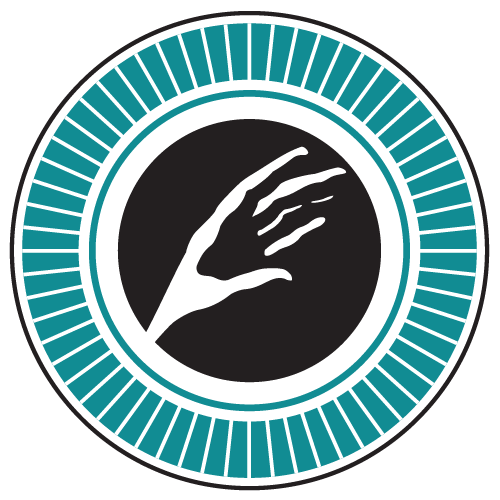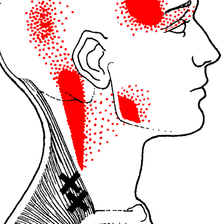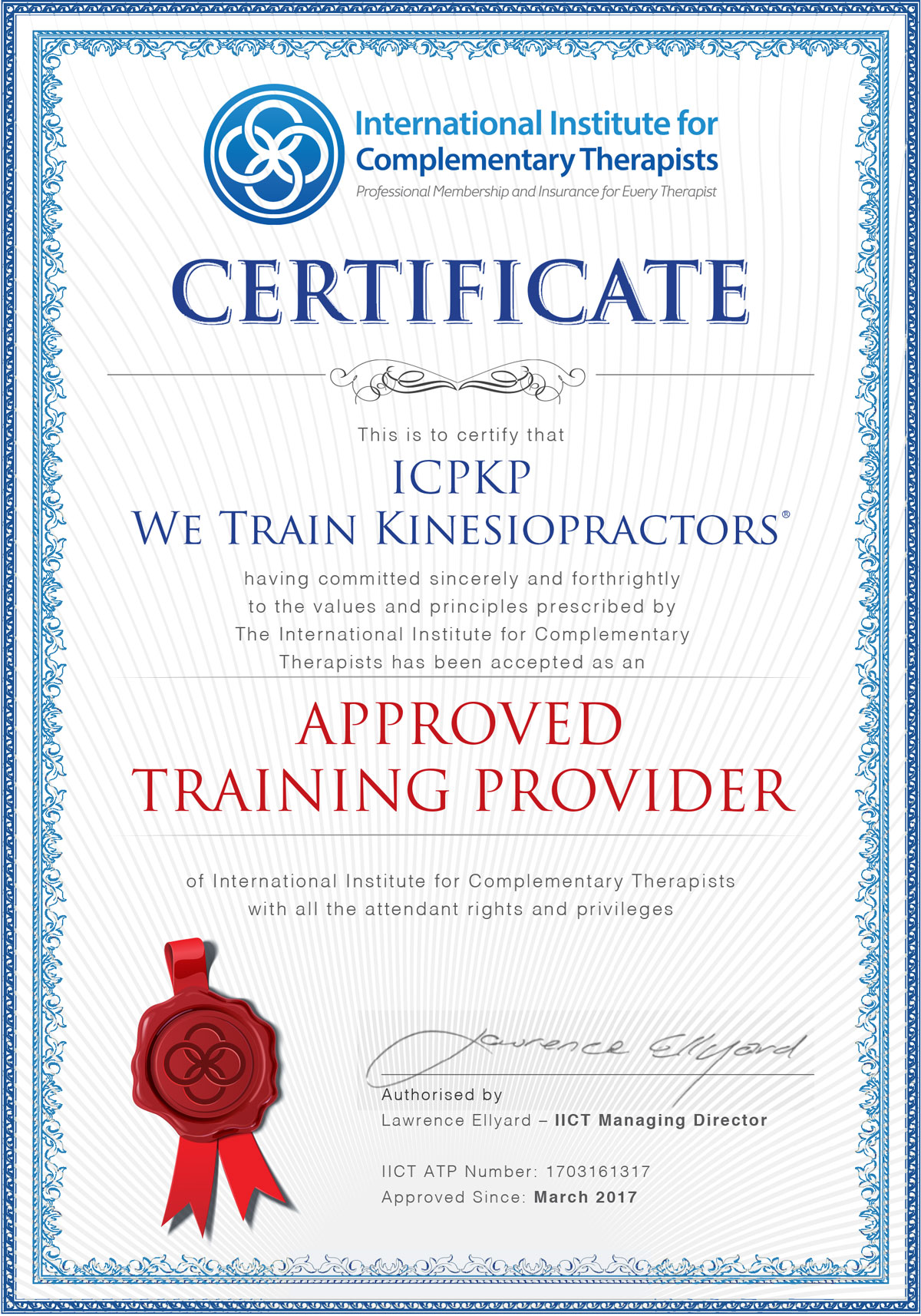RBT301-en
Trigger Points
You will explore the history of trigger point discovery and re-examine essential knowledge of muscle and nerve physiology. You will be able to discuss and compare the theories of how trigger points occur and gain an understanding of their pathophysiology and classification along with explanations of client physical findings and referred pain pattern mechanisms.
The unit covers information about the common approaches to treatments offered by other modalities and includes a summary of the steps involved in making a clinical decision. You will gain an understanding of the underlying and often, unrelated factors that have negative effects on chronic or unresolved trigger point syndrome and be fully cognisant of the contra-indications to myofascial trigger point therapy.
Once you have completed this unit you will be able to demonstrate knowledge of regional body trigger points and their specific pain patterns and apply trigger point techniques to initiate pain relief in a PKP clinical setting
Elements of learning:
- Demonstrate knowledge of trigger points
What are Trigger Points (TrPs)?
Muscle and Nerve Physiology
How trigger points occur
Symptoms of Myofascial TrPs and Physical Findings
Referred Pain Pattern Mechanisms (RPP)
Classification of Myofascial Trigger Points - Apply trigger point techniques in a clinical setting
Making A Clinical Decision
Myofascial Treatments
When the mode St #41/2b (TrPs) shows in a balance – St #41/2b
Things that maintain TrPs
Contra-indications to Myofascial Trigger Point Therapy
Dry Needling – what Medical Doctors do - Muscles and their Trigger Points:
temporalis, masseter, posterior cervical muscles, sternomastoid, scalenes, supraspinatus, infraspinatus, levator scapulae, upper trapezius, middle & lower trapezius, subscapularis, PMS, PMC, serratus anterior, latissimus dorsi, adductor pollicis, opponens pollicis, supinator, ECU, ECR, brachioradialis, ECD, extensor indicis, hand interossei, quadratus lumborum, sacrospinalis, gluteus maximums, medius & minimus, piriformis, quadriceps, adductors, gracilis, hamstrings, gastronemius, soleus, plantar muscles, tibialis anterior, peroneal muscles, long extensors of toes, EHB, abductor hallucis, FDB, EDB, FHB, lumbricals, plantar interossei (feet), dorsal interossei (feet)
Prerequisites:
- RBT 12.201
- A&P 1


